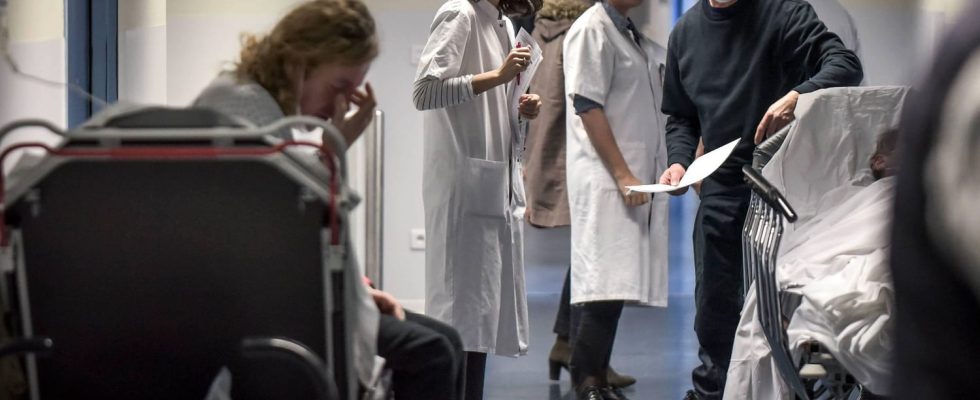A first case of Lassa fever, endemic in certain African countries, was detected on French soil. A man was hospitalized in Val-de-Marne. How is it transmitted?
A man was admitted to the Bégin military hospital, in Saint-Mandé in Val-de-Marne, Friday May 3. According to information from Parisian, the patient suffers from Lassa fever. In a press release, the Ministry of Labor, Health and Solidarity confirmed this information, specifying that his state of health is not worrying. To avoid any epidemic spread, “contact persons at risk have been contacted by the health authorities”, specify the health authorities. An epidemiological investigation was launched in order to identify high-risk contact cases.
The virus that causes Lassa fever was first detected in 1969 in Nigeria, according to the Pasteur Institute. Regular epidemic outbreaks affect West Africa, according to the Pasteur Institute. It is a hemorrhagic fever which spreads mainly in West Africa such as Benin, Ghana, Guinea, Liberia, Mali, Sierra Leone and Nigeria, where it has caused twenty deaths in a week. -april. In West Africa, 100,000 to 300,000 people are infected each year. In addition, 5,000 to 6,000 patients die annually. If the fatality rate is estimated at 1% by the World Health Organization, this rate rises to 15% for serious cases in a hospital environment.
“Unspecific” symptoms
This is an uncommon disease in France. Considered a “notifiable” disease, this fever causes “non-specific” symptoms, according to the Ministry of Health. The incubation time of the virus can be between 6 and 21 days. Fever, vomiting, nausea, abdominal pain, headache, myalgia, arthralgia and asthenia may be experienced by the infected person. In severe cases, symptoms then worsen with the appearance of edema or even hemorrhagic signs.
But in 80% of cases, the virus is asymptomatic, which can promote its transmission. It can be transmitted in two ways: either by contact with food or household products contaminated by the excrement and urine of a rodent that lives near homes, or from man to man, by direct contact with blood, urine, excrement or other organic secretions of a contaminated person. If symptoms appear, including fever, you must contact the doctor in charge of your follow-up.
